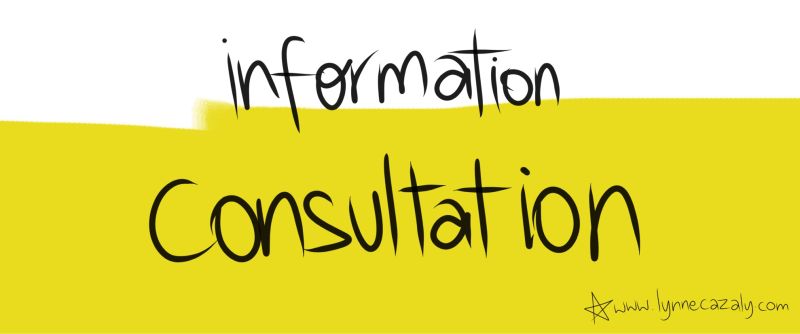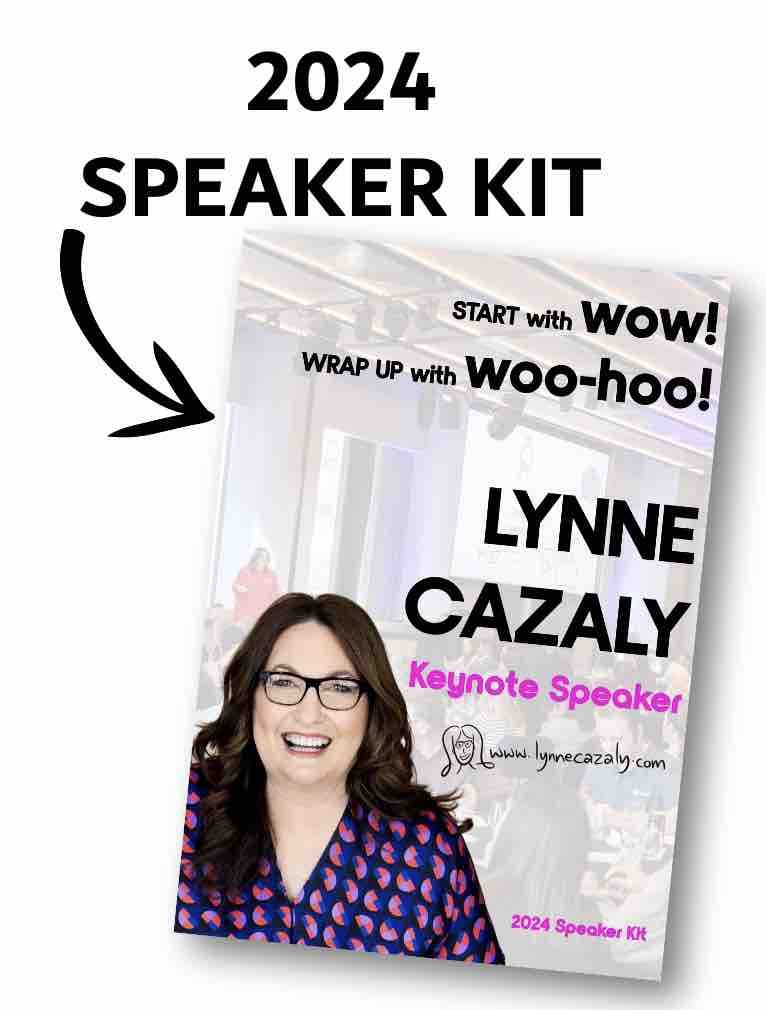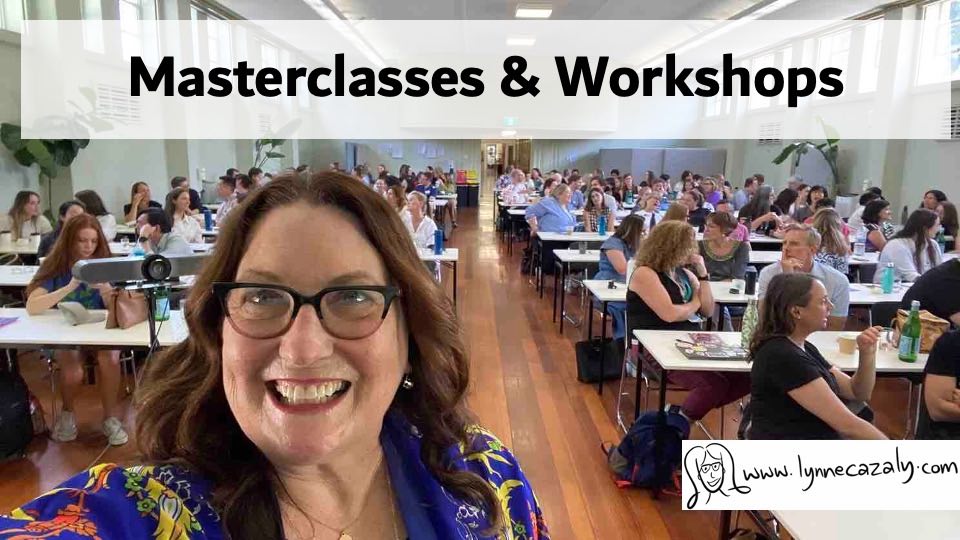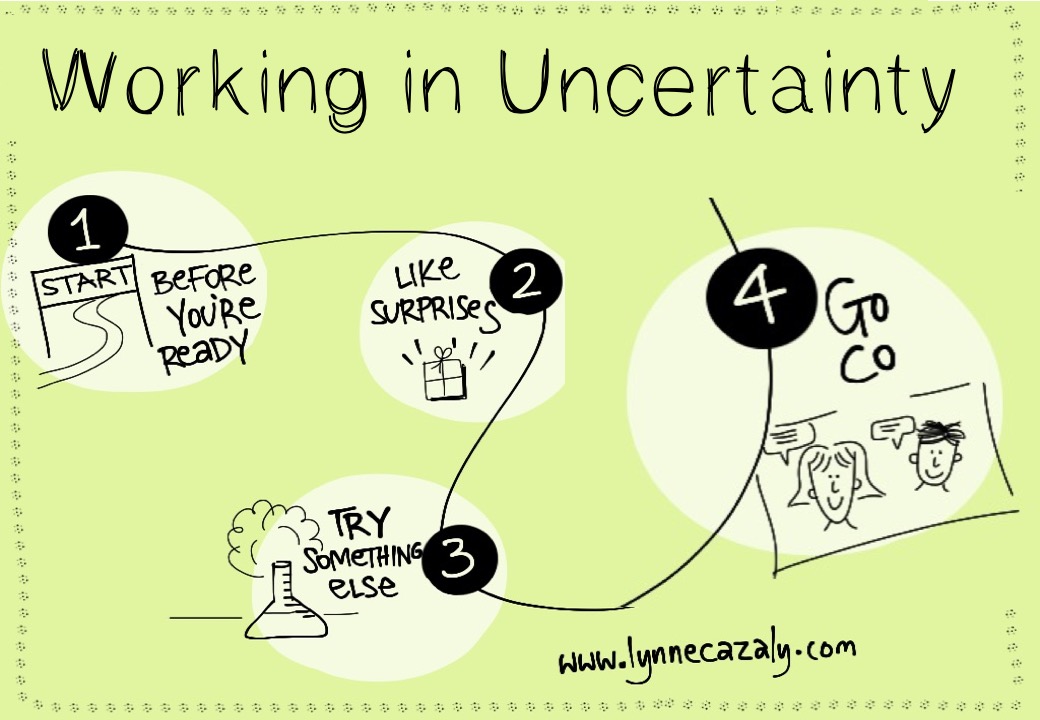Facilitation has probably been around as a competency for thousands of years.
But in recent decades it’s been the realm of the expert: you bring in an expert facilitator to lead your strategic planning session or run your team workshop.
But I see that things are changing.
In this increasingly collaborative world, teams are working together like never before. When you bring people together, you bring diversity and difference. And it’s wonderful! And it’s challenging when you are tasked with leading a team. It’s not easy knowing what to do when something happens with all that diversity and difference bubbling around in the room!
Perhaps the topic has gone off track or maybe you’re struggling to get decisions made. Maybe there are some louder voices in the team and some quieter people who don’t contribute as much. Perhaps you have someone playing politics or pushing their agenda a little too much. Maybe there’s conflict or aggression, or maybe everyone’s being so nice to each other and so agreeable that you’re not uncovering what’s really going on!
Whatever the human challenges you have in front of you, facilitation has come of age. Its time is now. And yes, you could outsource it to an external facilitator, but aren't you wanting to build stronger relationships with your team, your organisation and your industry? Using facilitation skills to be the facilitator in the room is a key way you can do this.
There’s never been a better time to get people together, get work done and do it in a way that’s:
- Respectful
- Collaborative
- Productive and
- Engaging.
In the hundreds of workshops I’ve facilitated and training people in the Leader as Facilitator capability, I often ask ‘Why are you here?’ or ‘Why do you think you need to learn this now?’
One of the biggest reasons is because of something broadly called:
Challenging situations
As organisations grow and more and more people find themselves attached to more projects and other people across the organisation, things start to get more complex. There are more people to consult with, the gain input from, to collaborate with. The bigger the organisation, the more facilitative you need to be. You can try to tell people what to do and go all hierarchical on them so… yep, good luck with that!
As you’re bringing all of these people together, there are always tricky situations that need to be handled or addressed. When people are passionate, get emotional and outspoken, when some people contribute a little too much and when others don’t contribute at all.
When there are quieter members of the team, when you have introverts, extroverts, ambiverts, loud mouths, power people, disenfranchised, disengaged, disinterested… whatever you want to label people (but please don’t label people), they are people and they’re doing the best they can.
Still, these challenging situations arise and stepping into a role of facilitation can help. It can help:
- When you need to get disparate views combined into one.
- When you need to get agreement.
- When people are frustrated or have different expectations.
- When you need to brainstorm ideas and solutions.
- When people won’t stop talking.
- When you don’t have much time.
- When you’re running against the clock or the calendar.
These are all situations that can be resolved and managed by a leader adopting a practice of facilitation. You don’t need to be a teacher, parent or boss; just be a leader who can facilitate… and all will be well.
Influence and change
Workplaces the world over are going through constant change. Leaders need to influence their teams to get on board with the changes they’re driving and leading.
Leaders can wait and wait for people to get on board and buy-in when they are ready and many leaders don’t ‘do’ anything but wait. Some leaders feel as if they are pushing people or it is counter to good leadership.
But between doing nothing and pushing is this thing called ‘facilitation’. There’s nothing like a big change or transformation in an organisation to create the perfect conditions for facilitation. And change is everywhere.
Compliance requirements
For many leaders facilitation is now ‘required’ of them; they must use facilitation as a tool and approach to engage with other parts of the business and stakeholders (internal and external to the business) to get work done. There’s no other accepted way. You must consult, you must encourage people to participate, you must find out what others think and involve them in the process.
Dictation is done
Yes the role of leaders is changing. Dictation is done. Engagement is here. And we’re not doing it well enough. This sweet phrase of ‘bringing people into the process’ was added in a facilitation training program by a participant from a local government council recently. She explained that Council officers needed to be better at engaging their communities, at bringing them into the project or program of work. It applies to so many fields and industries; it’s time to bring people into the work, bring them into the process. Facilitation will help you do that.
Virtual teams
The rise of remote and distributed workers all over the world means that workplaces have a rich multicultural and multigenerational mix. The likelihood of some of your team being out of physical reach of you is a given. There WILL be people in other locations, cities, time zones. And that’s not changing or stopping soon. Engaging with them is vital. Working with them is expected, but it’s how you go about it that makes the difference. Facilitation capabilities can absolutely make the biggest difference; little else will like facilitation.
More with less
As we try to do more with less or quicker with fewer, lean organisations are rising to the top. Those businesses that can identify waste and work with leaner processes are proving their mettle in changing times. They’re able to learn and adapt and respond.
Using facilitation capabilities to engage with people, get them on board and participating and making changes to become more lean is a fruitful and productive use of facilitation.
Silos, sections, teams and departments
Many businesses complain of silos across the organisation. Those disparate groups and teams who stick to their own company, who don’t much care to crossover to another part of the business lest they be foreign and unusual and difficult to work with.
But in this difference is opportunity.
Approaching the challenge of silos with a facilitation mindset makes progress easier. You might not rid the organisation of silos, but you’ll be able to approach other parts of the business, engage in conversations, work and dialogue - and get better outcomes than without facilitation.
Customer centric
Businesses of all sorts need to connect, communicate and engage better than ever. Customers want to have input into the design, development and testing of products and services. User experience and customer facing teams need to connect with customers to gain true insights, learnings and lessons. It’s only through these truthful interactions can products and services be designed to suit customer needs.
Facilitation is a powerful technique to use to elicit information from users and customers; you can connect with them better, ask better questions and then go deeper, finding out what’s really happening and how best to fix, respond or solve it.
And when things don’t go so well in the customer interaction department, facilitation skills help customer-facing staff handle complaints and ensure customer interactions are enhanced.
Amorphous collaboration
Many teams in business are being thrown together and expected to collaborate, now! They have little ‘get to know you time’ and are expected to get up to speed or be up and running within a short time.
This includes remote and distributed teams; with some members never getting to meet each other face-to-face. In this situation, facilitation practices by the leader are crucial. They need to help this team form, gel and glue. They need to help create the conditions where this team can feel comfortable and start working together. The leader plays the role of facilitator – not parent or teacher or boss or police officer. Facilitator…making things easier.
Meeting dysfunction
When we get our team together, we meet. Endlessly. And we often repeat our bad meeting behaviours. Endlessly. It’s like an infinity loop with no end. A facilitator is needed to guide, coach, elicit, set the environment and make it okay for everyone to contribute and participate.
The Leader as Facilitator is a leader who helps get sh*t done. They make the situation suitable for great, productive work.
When people bring or push their own agenda or when the meeting goes off track, the leader can step in and help guide things to safety. When people have different objectives, cross-purposes or different visions – when they’re not on the same page – the Leader as a Facilitator can assist. Not solve, but make things easier. When a meeting has little or no focus, or loses its way, the Leader as a Facilitator can help.
And.... Cultural change
Above all, a Leader as Facilitator approach helps build a more positive, inclusive and collaborative culture both within teams and across the wider organisation. The practices of facilitation help influence, shift and change culture – for the better. When people listen better, participate more, contribute their best and play with a collaborative spirit, good things happen.
 Wednesday, September 15, 2021 at 3:45PM
Wednesday, September 15, 2021 at 3:45PM 
















